(Page créée avec « *1 large stainless steel tank with lid *3 small stainless steel tanks *copper pipes (diameter 6mm) *7 copper uniseal joint (for watertightness of joints) *O-ring (for wate... ») |
(Page créée avec « *Solder *A heating system (min. 400°C) *butane/propane gas canister (375mL) ») |
||
| Ligne 31 : | Ligne 31 : | ||
*O-ring (for watertightness of tanks) | *O-ring (for watertightness of tanks) | ||
*Plastic waste PP and/or HDPE/LDPE | *Plastic waste PP and/or HDPE/LDPE | ||
| − | |Tools=* | + | |Tools=*Solder |
| − | * | + | *A heating system (min. 400°C) |
| − | * | + | *butane/propane gas canister (375mL) |
}} | }} | ||
{{ {{tntn|Tuto Step}} | {{ {{tntn|Tuto Step}} | ||
Version du 11 septembre 2019 à 17:19
Description
Produce fuel from plastic
Introduction
Plastic pyrolysis is a distillation process that allows plastic waste to be converted into fuel. Plastic waste is heated above 400°C in a first tank into a gas. Depending on condensation (cooling) temperatures, several types of fuel are produced : - between 390 and 170°C, the gas condensates into diesel fuel. - between 210 and 20°C, the gas condensates into gasoline. - below 20°C, there remains non-condensable residual gas that can be burned to provide heat to the process.
In this prototype, we are only using polypropylene (PP) and/or high density polyethylene (HDPE) and low density (LDPE). Please note that using mostly polypropylene will produce more gasoline, while using mostly polyethylene will produce more diesel fuel. It is however possible to mix both.
Matériaux
- 1 large stainless steel tank with lid
- 3 small stainless steel tanks
- copper pipes (diameter 6mm)
- 7 copper uniseal joint (for watertightness of joints)
- O-ring (for watertightness of tanks)
- Plastic waste PP and/or HDPE/LDPE
Outils
- Solder
- A heating system (min. 400°C)
- butane/propane gas canister (375mL)
Étape 1 - Tasser la premier cuve de plastique
Pour ce test, les déchets plastiques sont majoritairement composés de polypropylène.
Étape 2 - Préchauffer la deuxième cuve
Ce préchauffage est indispensable. Il permet la condensation des gaz à haute température avant de passer dans les deux dernières cuves.
Étape 3 - Apparition du gaz résiduel
Laisser se consommer le plastique jusqu'à l'obtention du gaz incondensable. Il vient comme un apport au gaz utilisé initialement. Pour ce test, 125mL de gaz en bombe ont été utilisés, auxquels s'est ajouté le gaz résiduel.
Étape 4 - Récupération du carburant
Ici, le dispositif à chauffé pendant environ 1h. Eteindre le système et laisser refroidir avant d'ouvrir les cuves. On obtient environ 125mL de carburant dans la cuve n°2 et 30mL dans la cuve n°3.
- Résultat du test à confirmer en laboratoire.
Notes et références
https://fr.wikipedia.org/wiki/Pyrolyse
Published
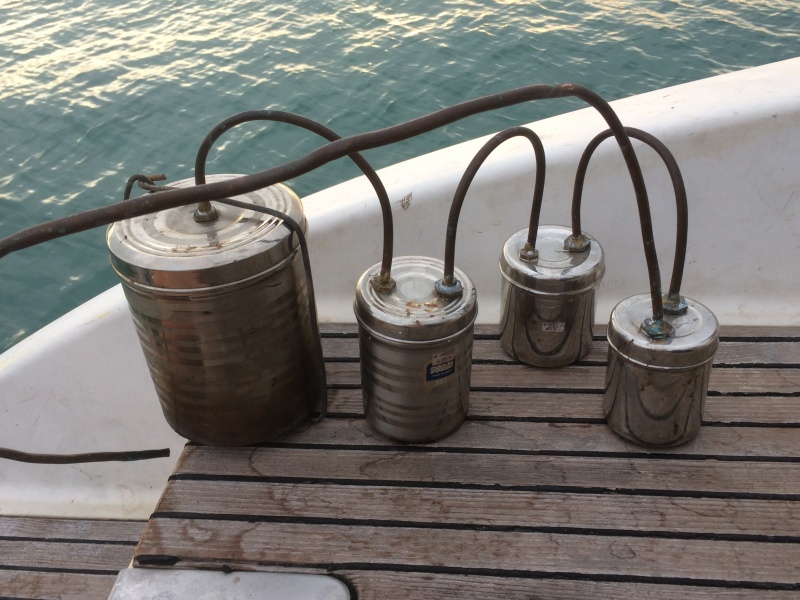
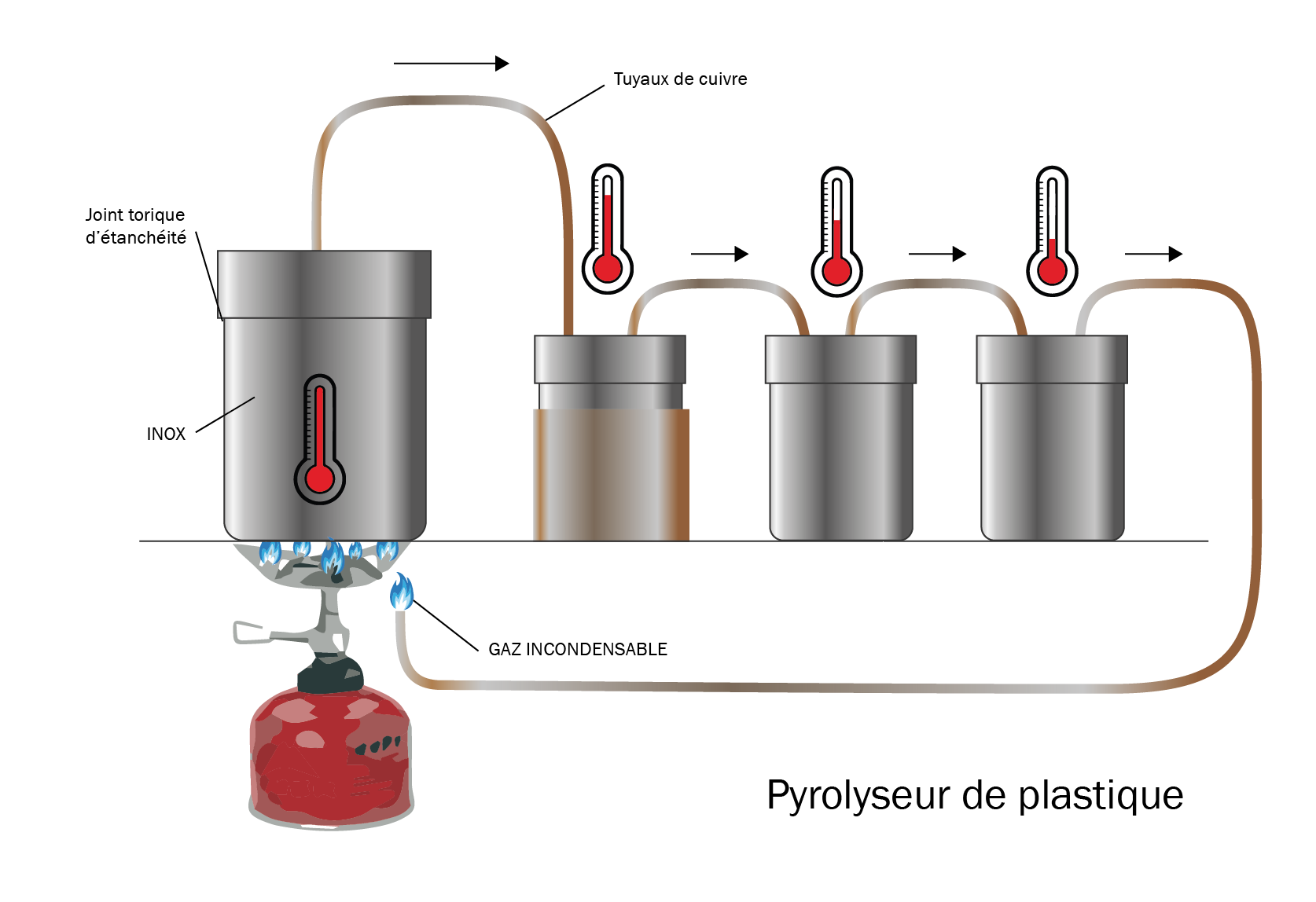
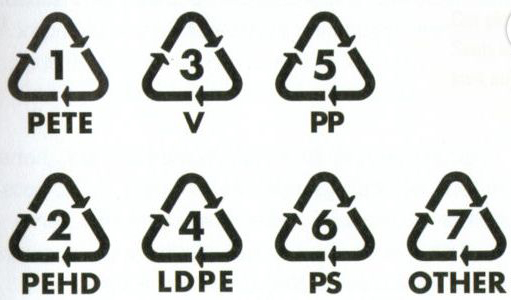
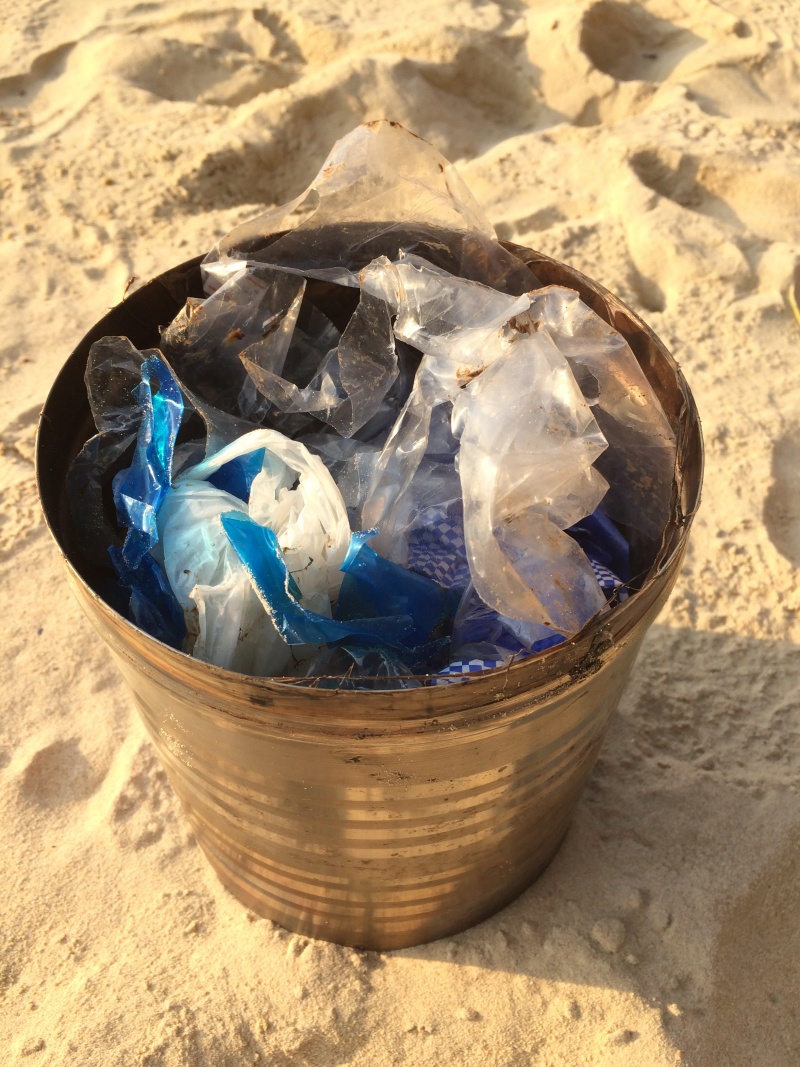
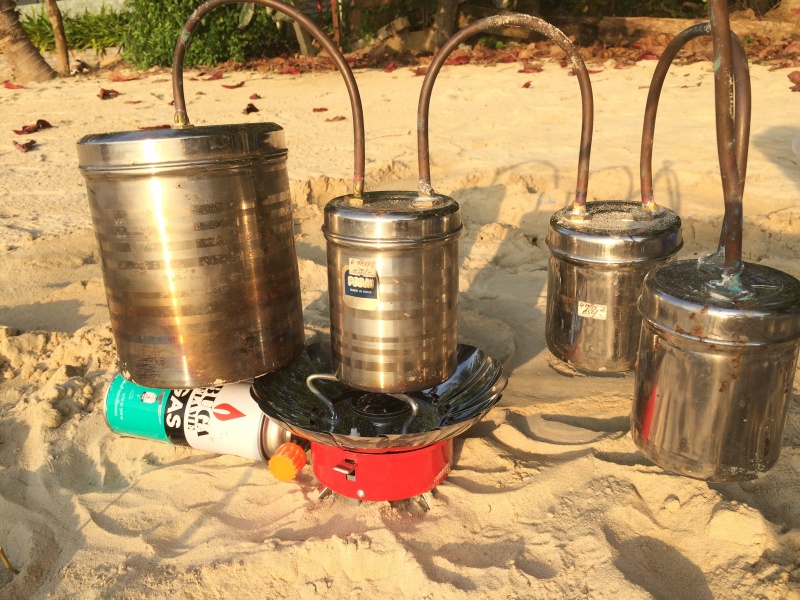
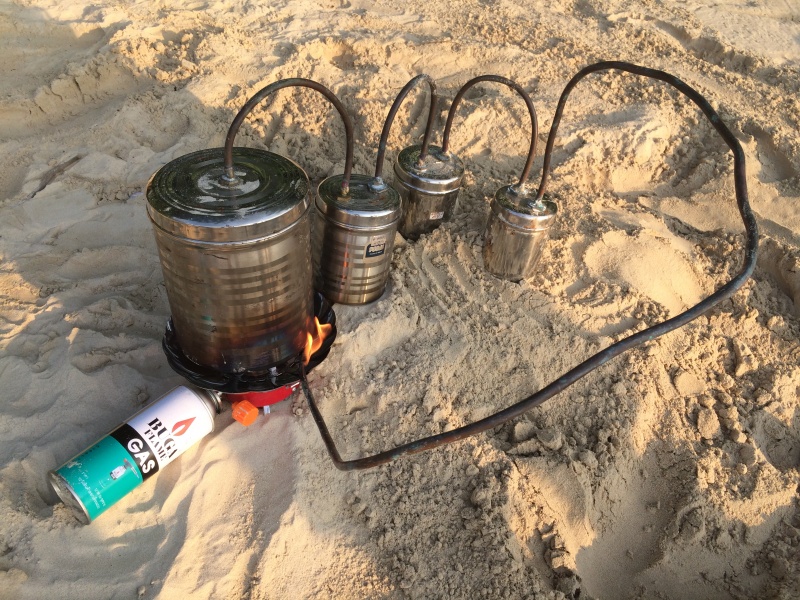
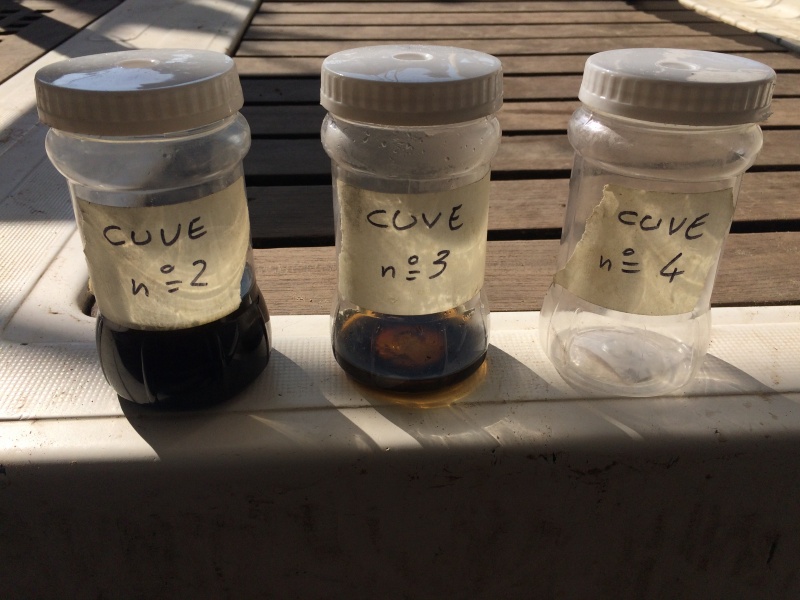
 Français
Français English
English Deutsch
Deutsch Español
Español Italiano
Italiano Português
Português